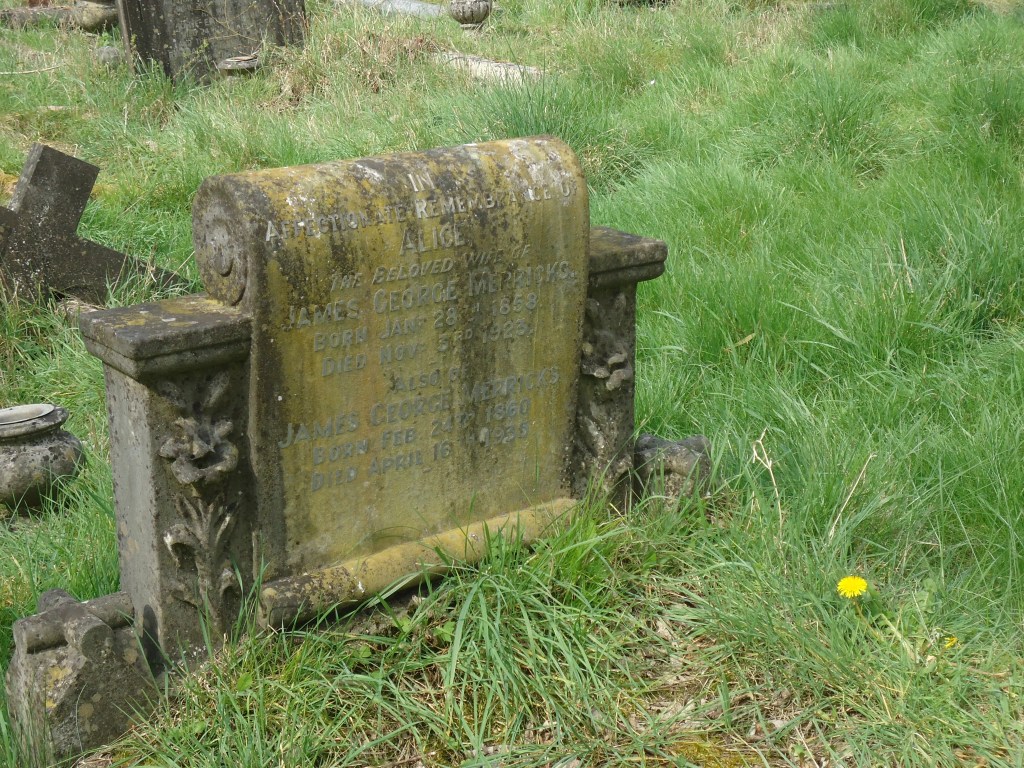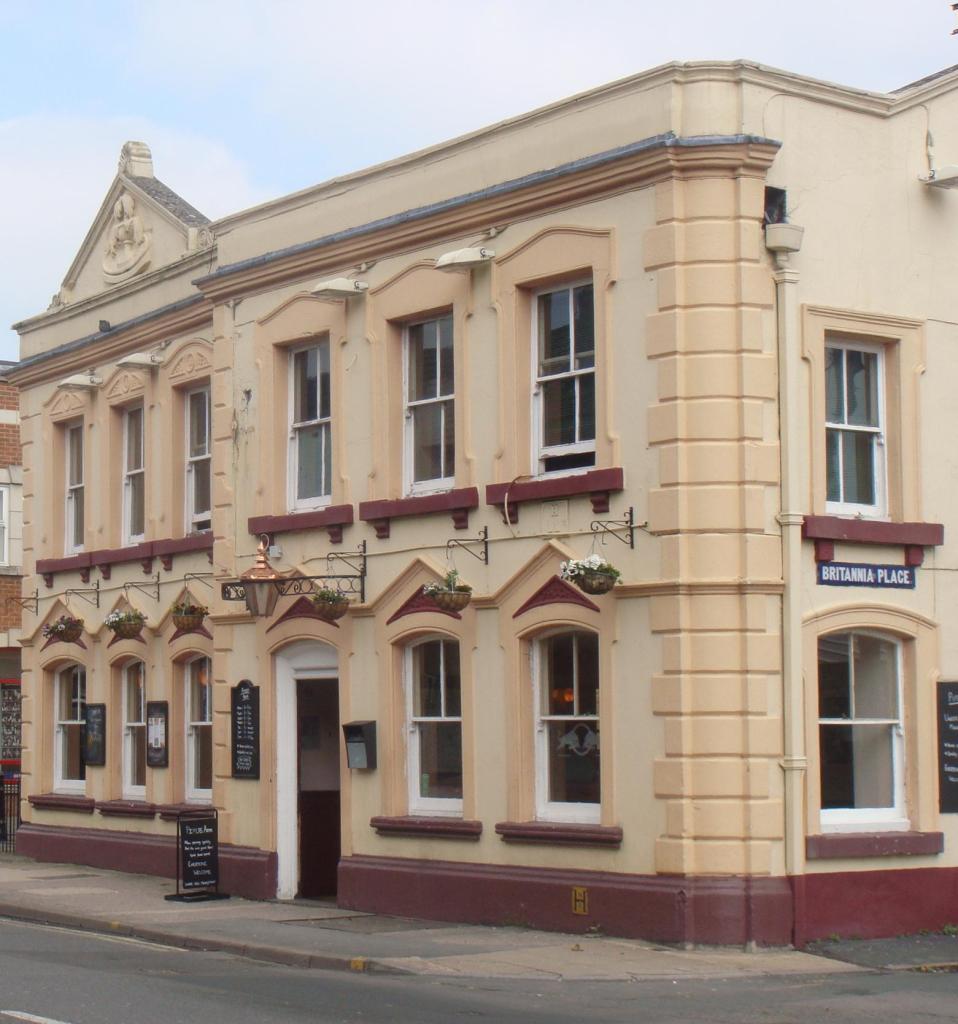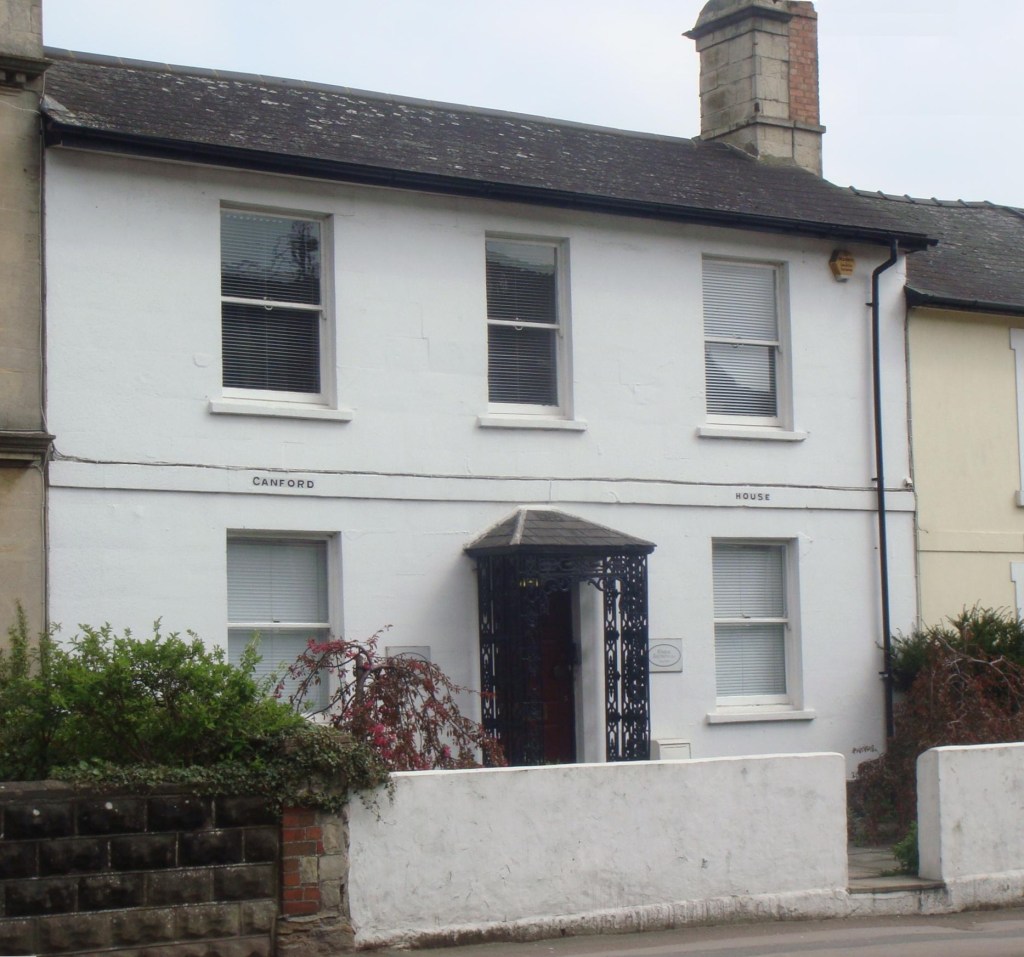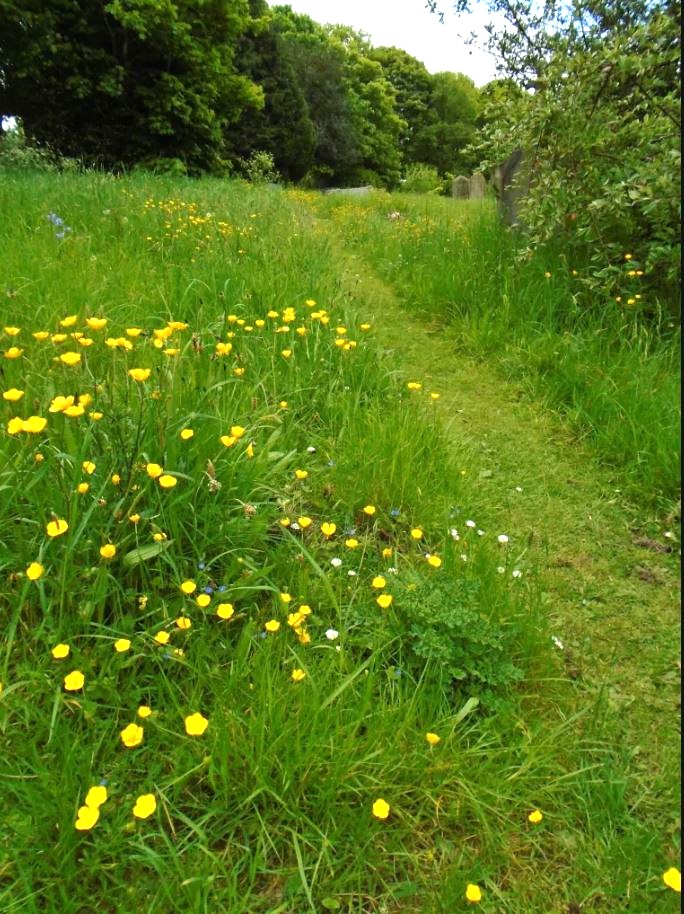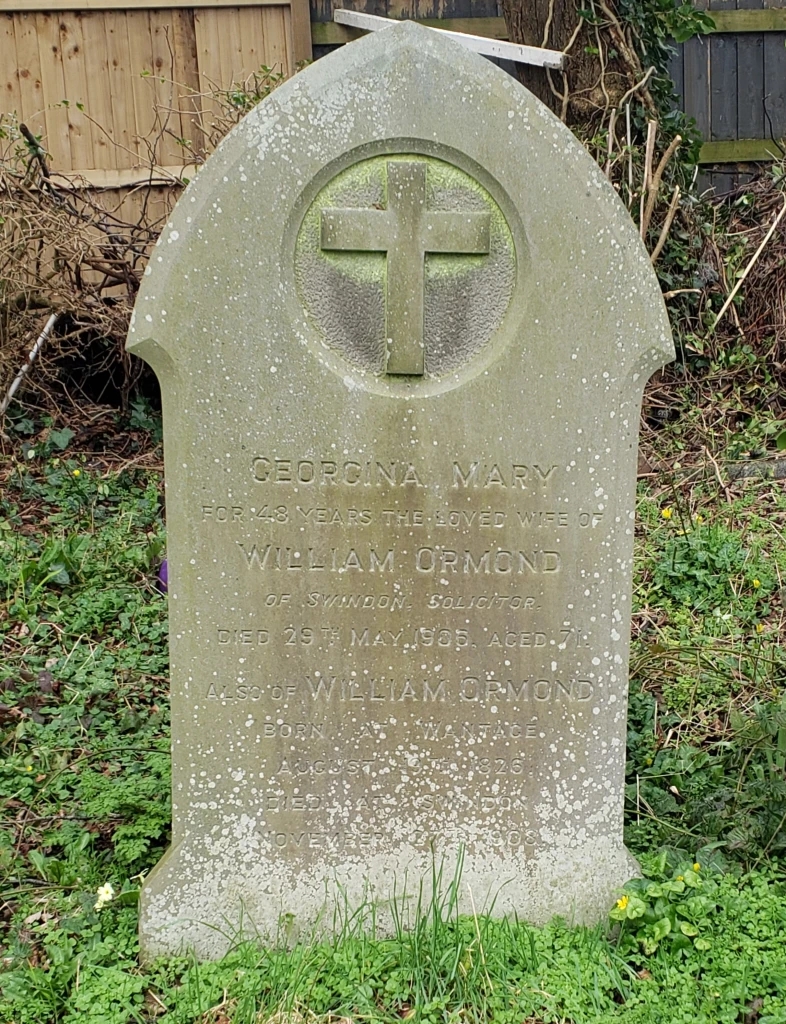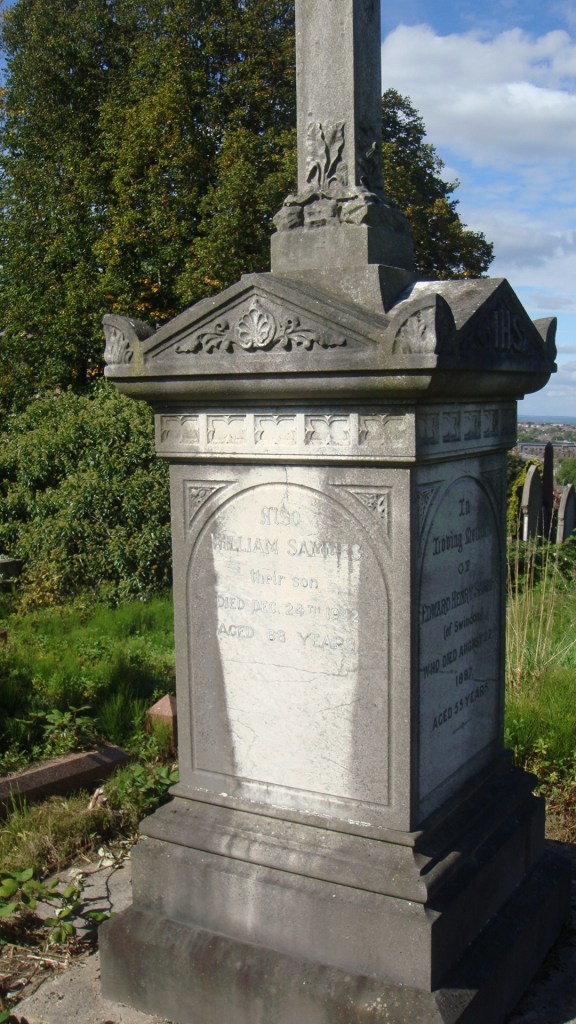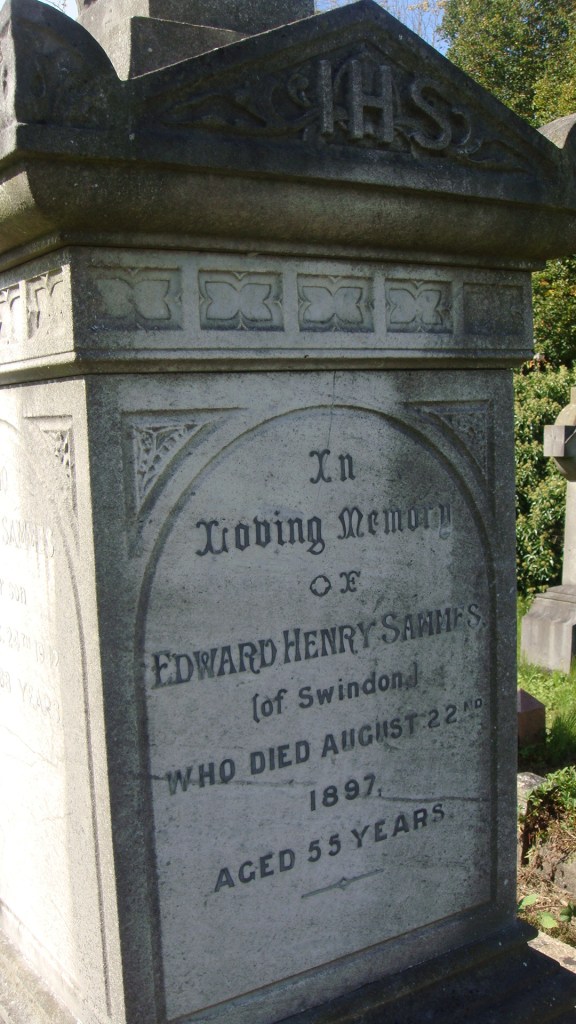Sometimes I get lucky. No, honestly, I get really lucky.
Last year I came across some details concerning James George Merricks while researching the Astill family. Catch up here with the information I discovered then about James https://radnorstreetcemetery.blog/2024/06/04/james-george-merricks/
James spent some 15 years in South Africa but why had he left England and why did he eventually come back. And even more intriguing, what was the story behind his romance with Alice Healey, born in Bath in 1861, whom he married in South Africa in 1891.
I put out a general enquiry on this blog, hardly thinking anyone would reply but this week James’s great-grandson David got in touch and filled in all the blanks.
David forwarded me several family photographs including a most beautiful one of Alice Sarah Merricks nee Healey born in 1861 the daughter of Edward Healey, a wire worker, and his wife Frances who grew up at 7 Southcot Place, Bath.
David was also kind enough to send me a typed transcript of James George Merricks’ diary 1876-1896.
James Merricks was born February 24, 1860 in Chichester, Sussex. He left school in 1876 and began work as first an auctioneers clerk then later becoming apprenticed to draper Alfred Dunn of West Street, Chichester.
His apprenticeship completed in 1880 James began working for Stokes and Sons of Cheap Street, Bath which he describes as a “high class drapers etc easy berth, think I shall get on allright.”
The first mention of Alice comes in a diary entry dated June 4, 1880.
Have been impressed considerably by a young lady I met at Mr. Philpot’s and find her to be the daughter of Mr Healey, Stall Street, shall look forward to a closer acquaintance if possible.
By July 1 James writes.
Have managed to meet Miss H. several times and like her even better than I expected, suppose in my position tis foolish to look so far forward but should feel upset I am sure if I saw anyone else with her.
And after attending Mr Philpot’s New Year’s Eve party James writes: Believe Miss H. has some liking for me and I am quite sure I never knew anyone I liked as well.
However, the course of true love never did run smooth.
March 1881 and James had become disenchanted with his job in Bath. A chance meeting with Mr Burnet-Stoakes from South Africa convinced him his future lie there where he could easily earn £120 a year, a vast improvement on the £30 he was earning in Bath.
A mere three days later, his berth to Hong Kong booked, James wrote to his parents and Alice.
By this time Alice was employed as a governess working for Walter G. Cloke at Wiltshire Farm in Wokingham, Surrey where she had responsibility for his 5 school age children (and most probably the two babies in the nursery as well).
At home in Chichester for 10 days prior to his departure, James cycled across country to visit Alice before he left England.
May 9 – Slept or rather passed the night at “The Bush” and met Alice soon after sunrise for another hours talk, she was most kind and promised if I could make her a home in S. Africa she would be mine.
On May 19, 1881 James embarked for South Africa at Southampton, arriving in Cape Town on June 9.
After two low paid, short term jobs James began work for T. Copelands at £11 per month. He writes home to his parents and Alice, but she fails to reply.
James leads a busy life with work, church and an active social round. He joins the Baptist choir, the Choral Society and assists the Desalins Sisters Opera Company.
Eventually he writes on January 1, 1882 …also generally have enjoyed this Christmas and New Year day exceedingly, but although accompanied by some of the jolliest and prettiest girls have not lost my heart to any of them, cannot understand the underlying motive (if any) which prompted Alice’s letter received Oct 11th last finally deciding that she could never leave England for me – well perhaps I may go home someday and then – but its no good guessing the future.
More than 18 months passes and James writes … as I have not heard directly from Alice since October 11th 1882 can now decide that I must think no more of the matter.
Although, of course, we know differently!
During the intervening years James set up his own store in the area that was soon to become Johannesburg. This was probably precipitated by the opportunities presented by the Witwatersrand Gold Rush, which really got under way with the 1886 discovery of gold at Langlaagte, where it is believed the stores were situated.
After six long years the mystery is solved… my Alice was true to me after all and that her long silence was only the result of her having misunderstood my careless conduct with regard to another in her absence for my heart was not in least affected by Miss M.P. though she (the latter) might have imagined she had fascinated me, but I always took her for an accomplished flirt, however “Alls well that ends well”…
Alice arrived in South Africa on October 15, 1890. The couple signed an ante nuptial contract the following day and were married on October 17 by Landrost Von Blommestein at his house Doornfontein with a religious service at Mrs. Jones by Rev. Ecclestone. Their first son, Eric George was born on August 9, 1891, their second Edward Alfred on November 30, 1893 and a third Lionel Marten on January 7, 1896.
In 1896 the volatile political situation, the threat of war and the Jameson Raid with the subsequent commotion probably caused James to reassess the family’s situation.
Alice and their three young boys accompanied by James’s brother Alfred sailed for England on April 24. By the end of 1896 James had joined them. There were no further entries in the diary.
By the time of the 1901 census James and Alice were living at 42 St. Margarets Road, Swindon where a fourth son, John Gordon was born on June 14, 1900.
James George Merricks died aged 75 years at his home 38 Devizes Road. He was buried on April 20, 1935 in Radnor Street Cemetery in grave plot E7574, joining his beloved wife Alice who died in November 1923.
published with thanks to David Merricks

Alice Sarah Merricks nee Healey

James Merricks’ store

Alice and James with one of their grandchildren
